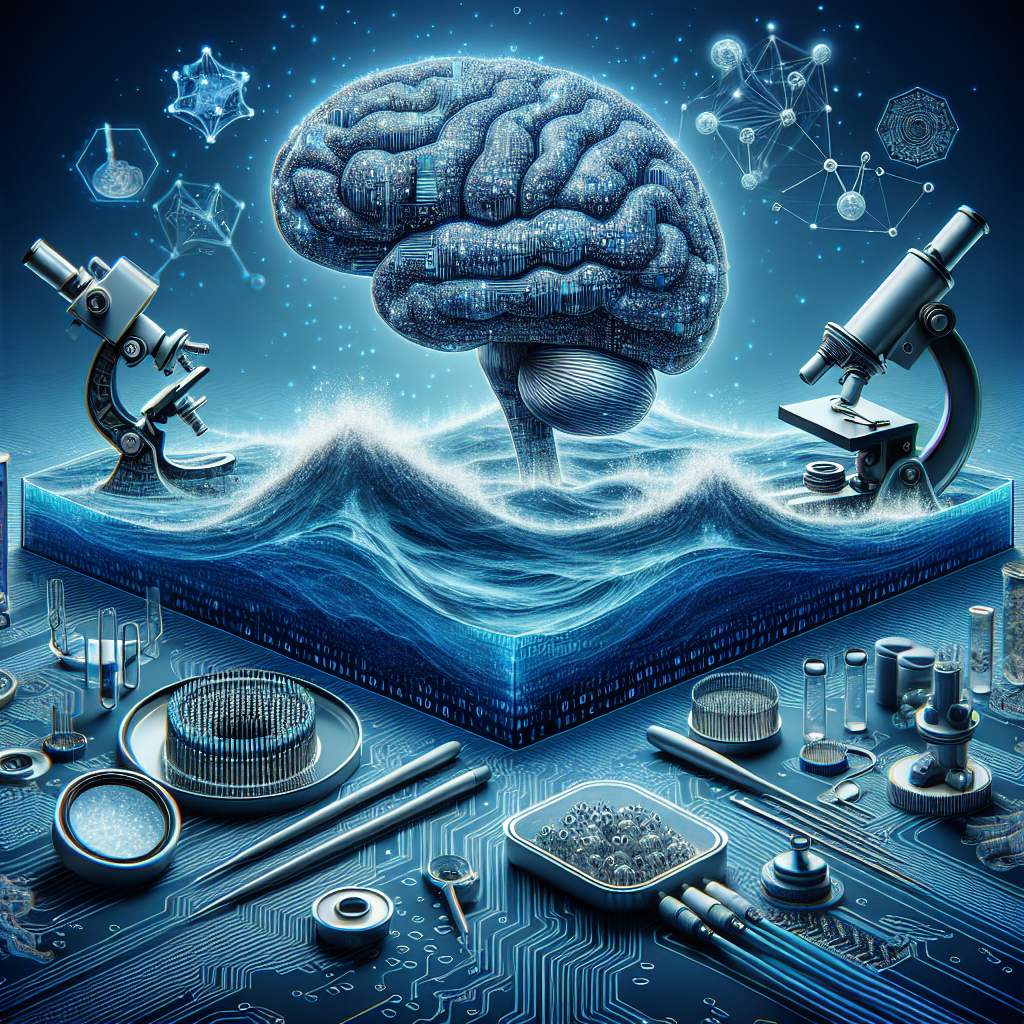Artificial General Intelligence (AGI) is a concept that has fascinated scientists, researchers, and science fiction writers for decades. The idea of creating a machine that can think and learn like a human has long been the holy grail of artificial intelligence (AI) research. While we have made significant progress in the field of AI in recent years, achieving true AGI remains a distant goal.
In this article, we will take a deep dive into the science behind AGI, exploring the challenges and possibilities of creating a machine that can match, and perhaps even surpass, human intelligence.
What is Artificial General Intelligence?
Artificial General Intelligence, also known as Strong AI or Full AI, refers to a machine that possesses the ability to understand, learn, and apply knowledge across a wide range of tasks and domains, just like a human. Unlike narrow AI systems, which are designed for specific tasks such as image recognition or natural language processing, AGI is intended to be a general-purpose intelligence that can adapt to new situations and learn from experience.
The goal of AGI is to create machines that can think and reason like humans, with the ability to solve complex problems, make decisions, and even exhibit creativity and emotion. Achieving AGI would represent a significant milestone in the field of AI and could have far-reaching implications for society, from revolutionizing industries to transforming the way we live and work.
Challenges in Achieving AGI
While the idea of AGI is exciting, it also presents a number of challenges that must be overcome before we can realize this vision. One of the biggest challenges is defining intelligence itself. What exactly is intelligence, and how can we measure it? While we have made progress in developing AI systems that can perform specific tasks with high levels of accuracy, replicating the full range of human intelligence remains a daunting task.
Another challenge is creating a machine that can learn and adapt to new situations, just like a human. Humans are able to learn from experience, make sense of incomplete or ambiguous information, and apply knowledge across different domains. Achieving this level of flexibility and adaptability in AI systems is a major hurdle in the quest for AGI.
Additionally, there are ethical and societal implications to consider when developing AGI. How do we ensure that AI systems are safe, reliable, and trustworthy? How do we prevent potential misuse or unintended consequences of AGI? These are important questions that must be addressed as we move closer to creating machines with human-like intelligence.
Approaches to Achieving AGI
There are several approaches to achieving AGI, each with its own strengths and limitations. One approach is to develop AI systems that can learn from large amounts of data, a technique known as machine learning. By training AI systems on vast datasets, researchers can teach machines to recognize patterns, make predictions, and solve complex problems. Deep learning, a subset of machine learning that uses neural networks to simulate the human brain, has been particularly successful in recent years, leading to breakthroughs in areas such as image and speech recognition.
Another approach is to build AI systems that can reason and understand natural language, a key aspect of human intelligence. Natural language processing (NLP) is a rapidly evolving field that focuses on teaching machines to understand and generate human language. By combining NLP with other AI techniques such as machine learning and knowledge representation, researchers hope to create AI systems that can communicate and interact with humans in a more natural and intuitive way.
Yet another approach is to develop AI systems that can adapt to new environments and tasks, a concept known as transfer learning. By enabling machines to transfer knowledge and skills from one domain to another, researchers can accelerate the learning process and improve the generalization capabilities of AI systems. Transfer learning has the potential to make AI systems more flexible and versatile, bringing us closer to achieving AGI.
FAQs
Q: Can AGI surpass human intelligence?
A: While it is theoretically possible for AGI to surpass human intelligence, it is difficult to predict the exact capabilities of future AI systems. AGI could potentially outperform humans in certain tasks or domains, but it is unlikely to replicate all aspects of human intelligence.
Q: What are the risks of AGI?
A: There are several risks associated with AGI, including misuse, unintended consequences, and potential job displacement. It is important to address these risks proactively and develop safeguards to ensure the safe and ethical deployment of AGI.
Q: How close are we to achieving AGI?
A: While significant progress has been made in the field of AI, achieving true AGI remains a distant goal. It is difficult to predict when AGI will be realized, as there are still many technical, ethical, and societal challenges to overcome.
In conclusion, Artificial General Intelligence represents a bold and ambitious vision for the future of AI. While the challenges are significant, the potential benefits of achieving AGI are immense. By continuing to push the boundaries of AI research and exploring new approaches to intelligence, we can unravel the mysteries of AGI and unlock the full potential of artificial intelligence.

